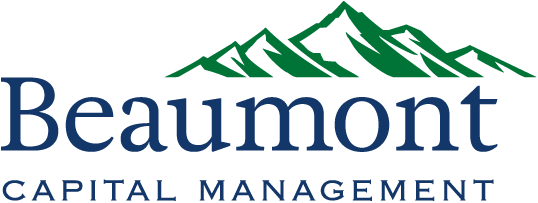Active Management
Active management can be thought of as any strategy that uses human discretion to decide what the portfolio should own. The manager(s) generally employs some combination of fundamental, quantitative, or technical research in conjunction with their experience, knowledge and judgement to try to find opportunities greater than the market. The fees are typically higher than passive as you are paying the managers for their work.
Passive Management
Passive management is often synonymous with index investing. By simply investing in the holdings of the index the strategy follows, the buy and sell decisions are not discretionary but rather based on the rules of the index. If an index fund that you invest in enters a period of failure, then your portfolio will also succumb to the market failure. Costs are typically low as there is little management of the portfolio.
Tactical Management
Tactical management is a type of active portfolio strategy that shifts the percentage of assets held in various asset classes, sectors or individual investments to take advantage of opportunities as they present themselves. Tactical is also unique in that in times of market duress, Tactical managers seek to protect the assets by raising cash, shifting into other asset classes or geographies, or using other types of defensive mechanisms to avoid large losses.
Drawdown
The measurement of an investment’s total decline from its previous peak for a particular period of time. Drawdown is a useful tool to help determine an individual’s risk tolerance. This statistic can help investors gauge their risk appetite as previous large drawdowns, or peak to trough declines, may repeat in the future. Since most investors’ primary worry is how much they can lose in a bear market, this is often a good measure of an investment’s appropriateness to each investor. How large of a drawdown can your client handle before they begin to panic or react with emotion?
Alpha
A measure of excess return, usually expressed as a percentage. A positive excess return means that for the risk taken, the reward received was greater than expected. In the industry, it is commonly accepted that a manager with positive Alpha has added value beyond what was available to a passive investor.
Beta
A measure used to determine the risk-reward profile of an investment relative to the market as a whole. If the beta is greater than one, then the investment is deemed riskier than the market as a whole as and if less than 1 than it is less risky than the market. A beta of 1.2 implies that if the index goes up or down 10%, the investment in question can be expected to go up or down 12%.
Smart Beta
Often synonymous with Factor Investing, Smart Beta funds typically follow a passive index yet the index is built to own securities with certain investment attributes or factors. Factors generally seek to do one of two things: exploit market inefficiencies to create alpha, or harvest a risk premia to realize higher returns through the targeted beta in one or more factors. In short, these factors have the ability to add alpha to portfolio returns.
Smart Beta, by itself, may not be so smart. While the factor exposure can lend 1-3% of excess returns over time, unfortunately smart beta funds act too similar to the broad markets when they falter. The 6 most common factor ETFs (Dividend, Momentum, Quality, Size, Volatility and value), if held in equal weights, declined the same amount as the S&P 500 in the 2007-2009 drawdown.
Rules-Based
A term often used to describe a Tactical Manager’s ongoing process. Most Tactical processes have been created using quantitative and/or technical research. This research is then used to derive rules for managing money. The rules and process of the various strategies will vary, sometime wildly, but the point is that rules have been created as part of system to manage assets in a non-emotional, methodical manner.
Quantitative Research
Research that uses mathematical and statistical methods, often aided by computers, to objectively analyze data for the purpose of making quantifiably favorable investments. If the research is not directly actionable, it may be further refined into rules and models for implementation. The advantage of quantitative research, if completed without bias, is that the system should be devoid of emotion and not subject to human interpretation.
Here you can create the content that will be used within the module.
This will disable the module on selected devices
This will change the label of the module in the builder for easy identification.
